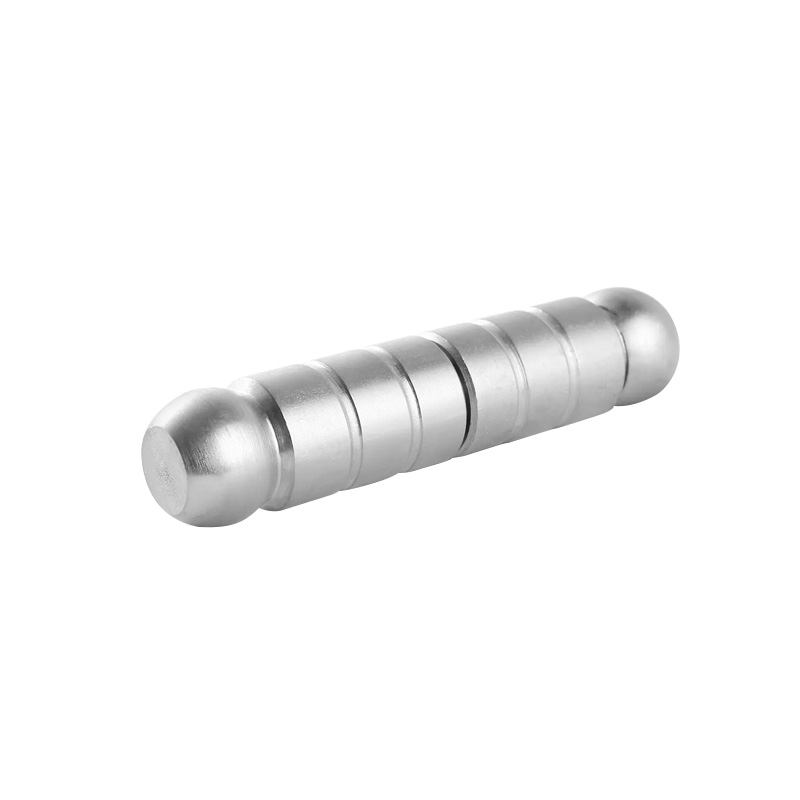No. 200 Gaoxin RD, Shanghua St, Lanxi, Zhejiang, P. R China
The CNC (Computer Numerical Control) machine tools are widely used in ...
See DetailsRound small metal post gate hinges are widely used in light-duty gate applications, particularly in residential, agricultural, and low-traffic commercial settings. These hinges are specifically designed to accommodate round posts, a common structural component in fencing and gate systems, offering reliable movement and support in a compact and efficient form.

The sizes of round small metal post gate hinges typically vary based on the diameter of the gate post and the thickness of the gate frame. Standard hinge sizes for round metal posts often include configurations for post diameters of 1-5/8 inch, 1-7/8 inch, 2-3/8 inch, and 2-7/8 inch. These measurements correspond to common tubular steel or aluminum fence posts used in chain link or metal panel fencing.
The length of the hinge arms or brackets generally ranges from 4 inches to 8 inches, with variations depending on the type of gate being supported. Smaller hinges, around 4 to 5 inches in length, are sufficient for pedestrian gates or garden access gates, where the load is minimal. Larger hinges, such as 6 to 8 inches, provide greater support and are suited for wider or heavier metal gates.
In terms of materials, these hinges are commonly manufactured from galvanized steel or powder-coated metal to resist corrosion and wear due to weather exposure. Some models may include ball bearing mechanisms or grease fittings to ensure smoother operation and easier maintenance, though such features are more common in higher-end or commercial-grade applications.
The development of the spring hinge for metal gates reflects broader trends in gate hardware innovation, combining mechanical function with convenience and safety. These hinges are designed with an internal spring mechanism that allows a gate to return to its closed position automatically, making them particularly useful in applications where controlled access or self-closing functionality is desired.
The concept of a spring-loaded hinge has existed for centuries, with early designs dating back to the 19th century in wooden gate and door applications. However, it wasn't until the widespread use of metal fencing and metal gates in the 20th century that spring hinges for metal gates began to evolve in earnest. As metalworking techniques improved, manufacturers began adapting spring hinge concepts to tubular steel and wrought iron gates, especially in urban environments where durability and controlled access were increasingly important.
By the mid-20th century, spring hinges became more standardized and commercially available, particularly in residential, industrial, and institutional settings. These hinges were initially simple in construction, using a coiled spring to create tension between the hinge leaves. Over time, more sophisticated designs emerged, incorporating adjustable tension settings and sealed mechanisms to improve longevity and performance.
One significant development was the introduction of corrosion-resistant materials such as galvanized steel and stainless steel. These materials enhanced the durability of spring hinges used outdoors, especially in climates with high humidity or exposure to corrosive agents like road salts or industrial pollutants. Powder-coated finishes further expanded the hinge's aesthetic and protective qualities.
Modern spring hinges are now available in a range of sizes, load capacities, and finish options. Many are designed with user-adjustable tension mechanisms, allowing installers to fine-tune the self-closing action based on the weight of the gate and desired closing speed. This makes them highly adaptable for use in driveways, pedestrian access points, pool enclosures, and commercial security gates.